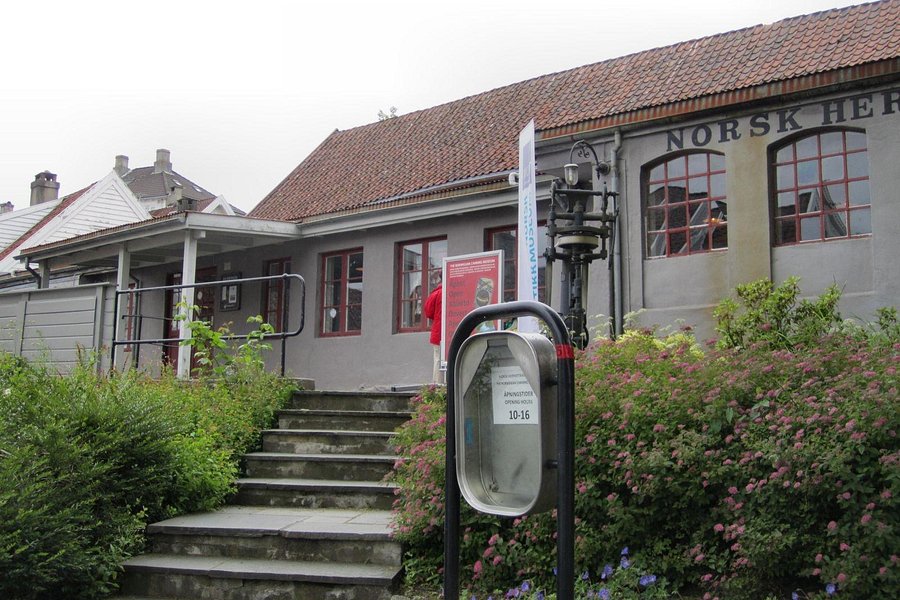Norwegian Canning Museum, Western Norway, Norway
4.5 (348 reviews) Sunday: 11:00 AM - 4:00 PM Spent 1-2 hours Ranking #4 in Rogaland Speciality Museums • Children's Museums • History Museums

Interesting Museum
The museum has undergone a total makeover, and now includes the new Norwegian Printing Museum under the same (extended) roof. Exhibitions show the production process for smoked Norwegian sardines (sprats), machines (some working) and medals won at international exhibitions. Display panels cover the history, union activity, export, production statistics and more. Dressing-up outfits for role-playing also available. Children (up to 18) and students free. Pensioners NOK 70.
Address
Andasmauet 15, Stavanger 4005 Norway
Mobile
Website
http://iddismuseum.no
Working hours
Monday :
Tuesday : 11:00 AM - 3:00 PM
Wednesday : 11:00 AM - 3:00 PM
Thursday : 11:00 AM - 7:00 PM
Friday : 11:00 AM - 3:00 PM
Saturday : 11:00 AM - 4:00 PM
Sunday : 11:00 AM - 4:00 PM
Current local date and time now
Sunday, May 12, 2024, 1:57
User Ratings
4.5 based on (348 reviews)
Reviews
-
5winedine10 5:00 PM Jul 22, 2022
Great museum
The canning museum was brilliant - it isn’t very big, but there are great exhibitions. An unexpected highlight for me was the house (think it was called No. 90) - it was lovely to get an idea of how a traditional Norwegian home may have looked in a bygone era! It wasn’t explained to us that there are two museums in one, so when we were directed to start through one door and it was all about printing presses, we were somewhat disappointed and confused! This didn’t interest us, but I’m sure it interests a lot of people! The food in the cafe was really good too!
-
4machinmad 5:00 PM Sep 11, 2022
Hands-on museum ...
This little museum is housed in the actual small factory that processed the town's fish, back in the day. It feels like you are back in the past over 100 yrs, experiencing the smells and sounds and hardship the natives had to endure, just to survive. You can touch the equipment as well as read all about the lives of the people who produced the tinned goods from this factory and how automation gradually made this factory extinct. Next door at No 90 is an example of the old wooden chalet in which 15 people would live. Cramped and un-modernised it represented a very hard way to live.